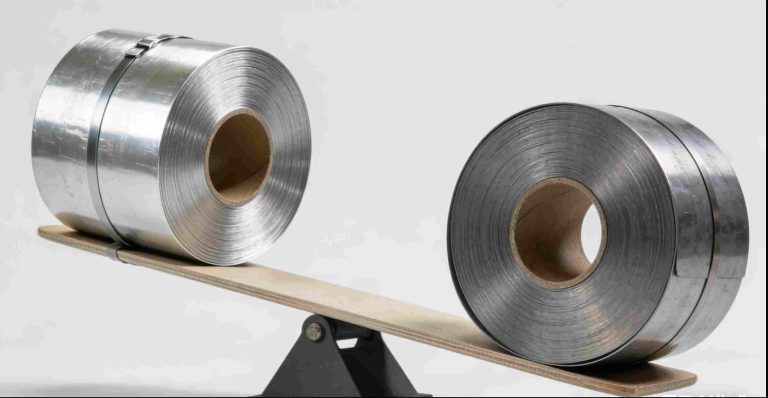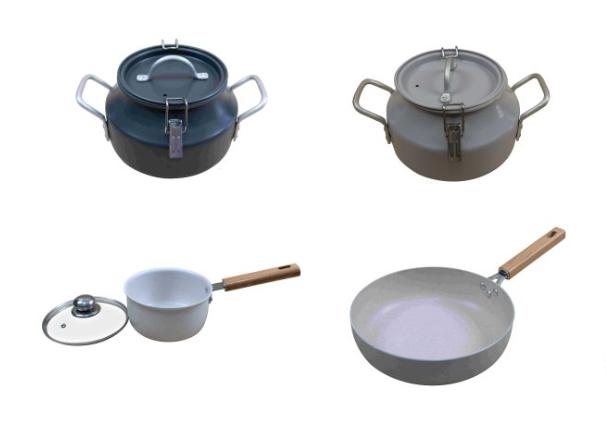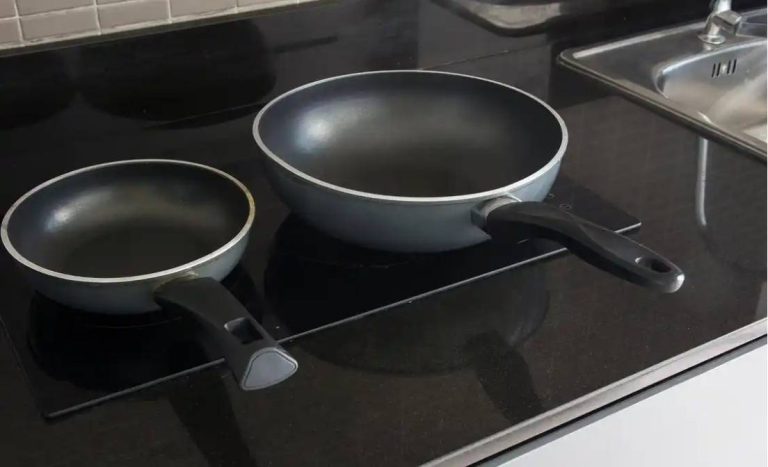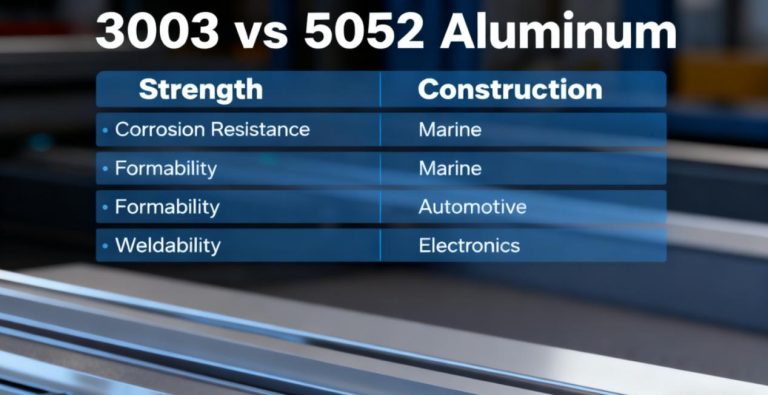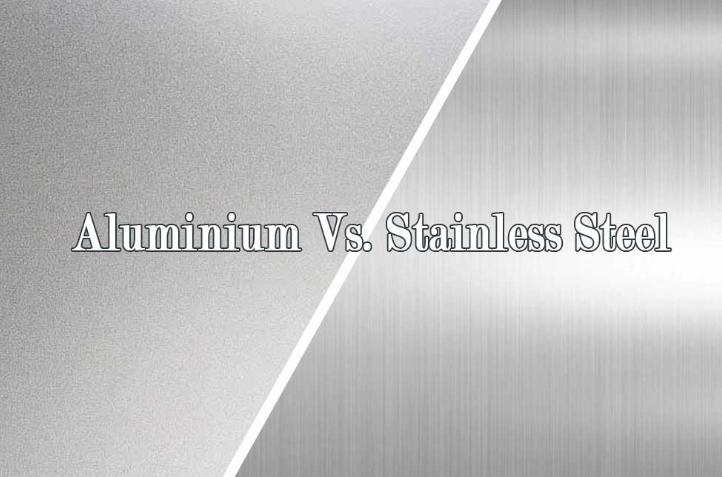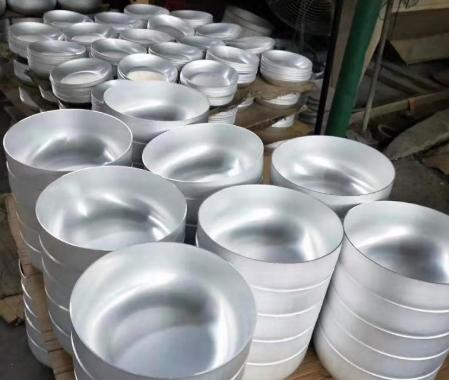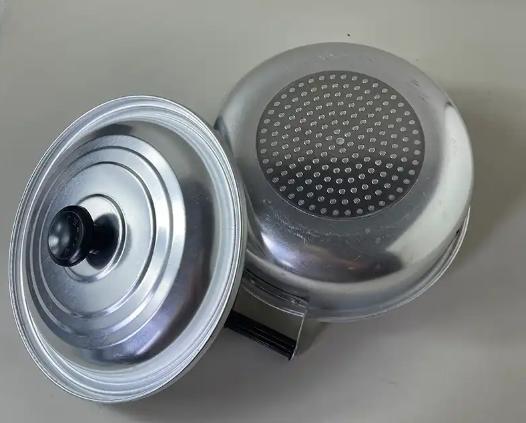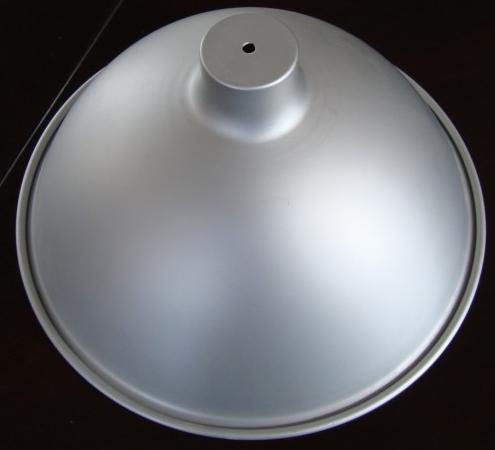Why aluminum coils beat steel for everyday builds? 5 Core Advantages Explained
In the case of aluminum coils and steel, they are the two materials that can enhance or ruin the efficiency, cost, and the long-term performance of everyday construction projects at the very beginning of the selection process. Although steel has been the usual go-to material, aluminum coils have become the superior choice for most daily…

